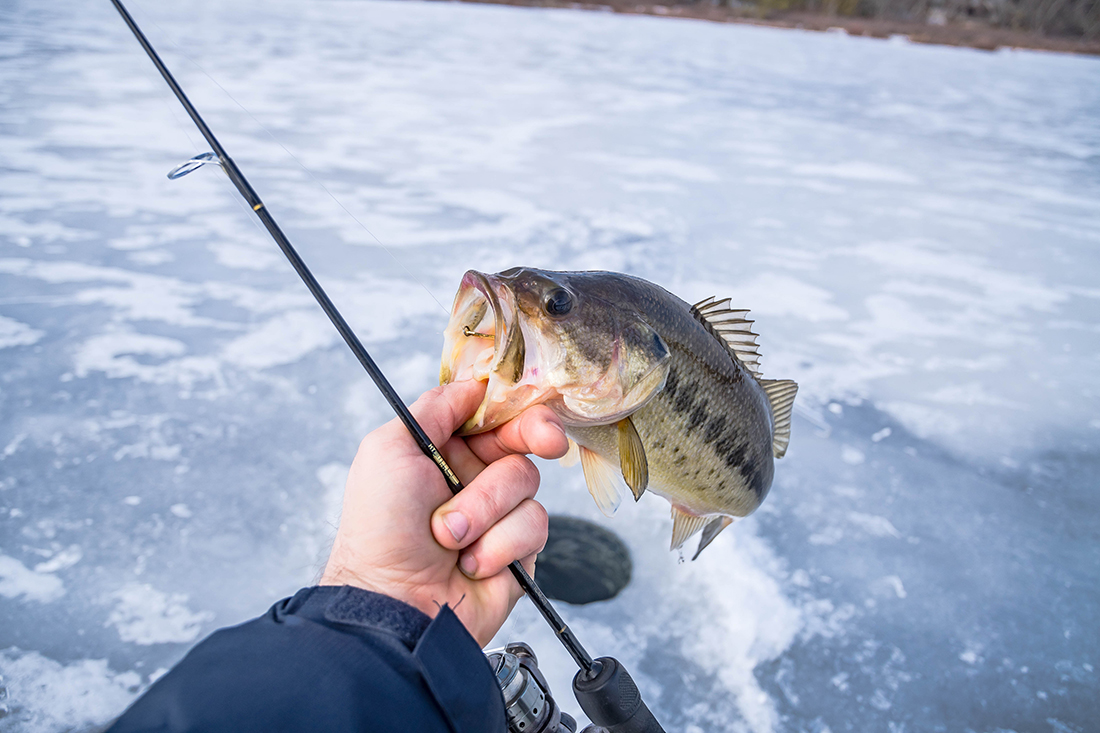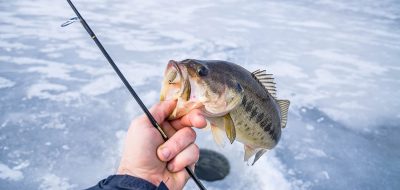So you’re ready to face the frozen tundra of excitement that is ice fishing. I will say that for many years I stayed away from ice fishing, and I hung up my rods and fishing gear in November. We’re lucky to live in a world where we don’t have to do that, and ice fishing gear is available everywhere!
That said, you must come prepared. There are many changes you’ll need to make to your fishing strategy when the water has frozen over.
In this article, I’m covering eight of the most important things you’ll need to bring on the ice to have a successful and safe day of ice fishing.
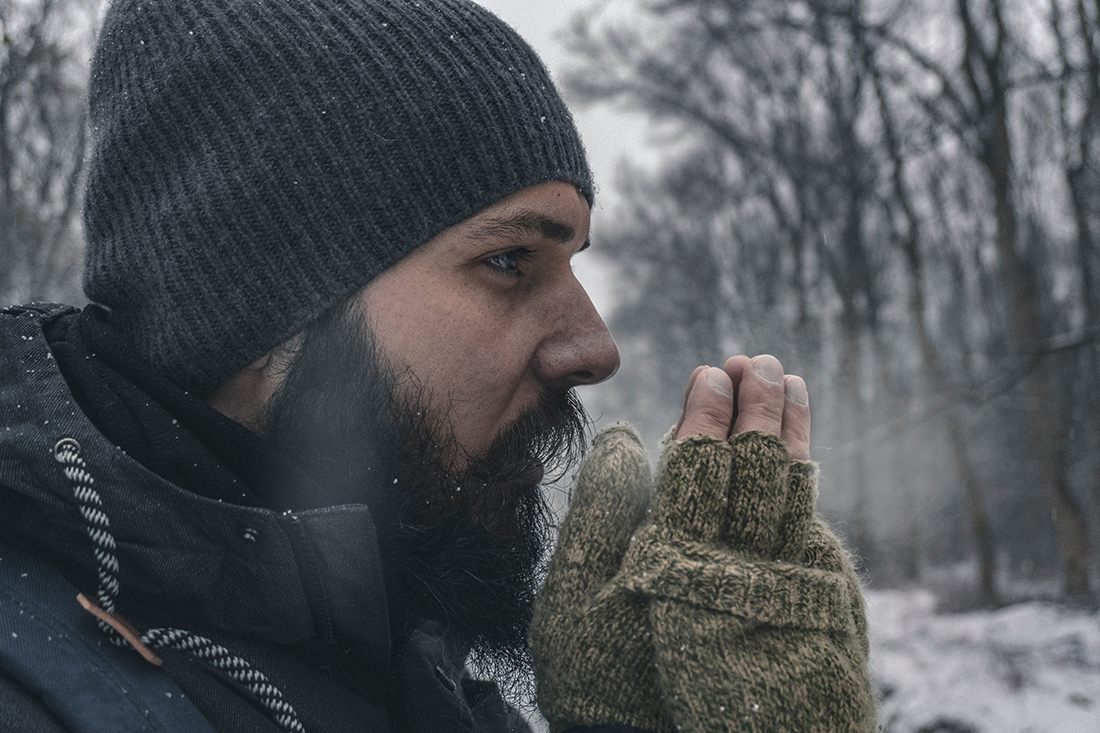
Photo: Sorin Gheorgh
1. The Correct Attire
My general rule of thumb is, dress like you’re going to crawl underneath ten feet of snow and then add another layer on top of that. You can never overdress for ice fishing because you can always take something off if you get hot.
It’s so important to dress appropriately because you never know what type of conditions you’ll run into. When you’re fishing from the shoreline, you have a lot of cover which prevents you from getting hit with cold winds.
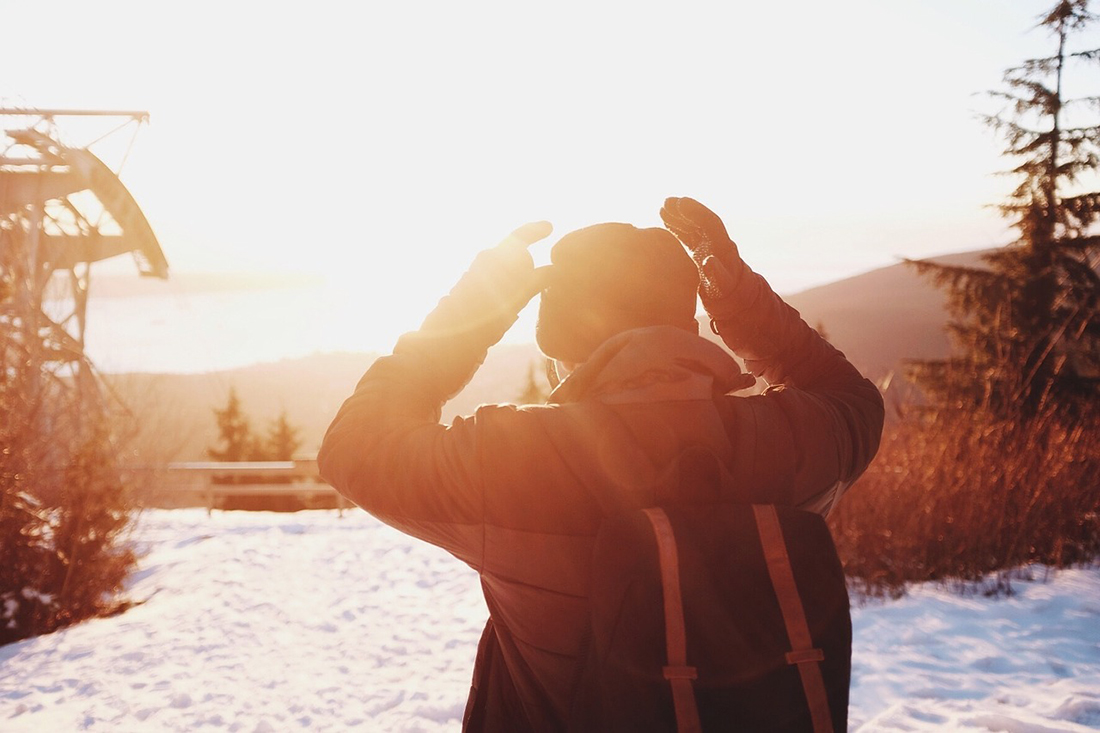
By Free Photos
When you’re out in the middle of the lake sitting on a bucket, there isn’t much to protect you. If there is a small coating of snow on the ice, that wind can quickly make you feel like you’re getting hit in the face with shards of glass. (I promise I’m not trying to turn you away from ice fishing!)
Keep in mind that ice fishing generally involves you staying in one place for most of your trip as well. If you’re not moving around much, your extremities will get cold fast as well.
Here are some examples of winter gear you should bring:
- Hats
- Gloves
- Facemasks
- Scarves
- Goggles
- Hand Warmers
- Long johns or thermal gear
- Heavy boots
- Thermal socks
The list doesn’t stop there. Make sure you bring everything you think you’ll need and plan for the worst.
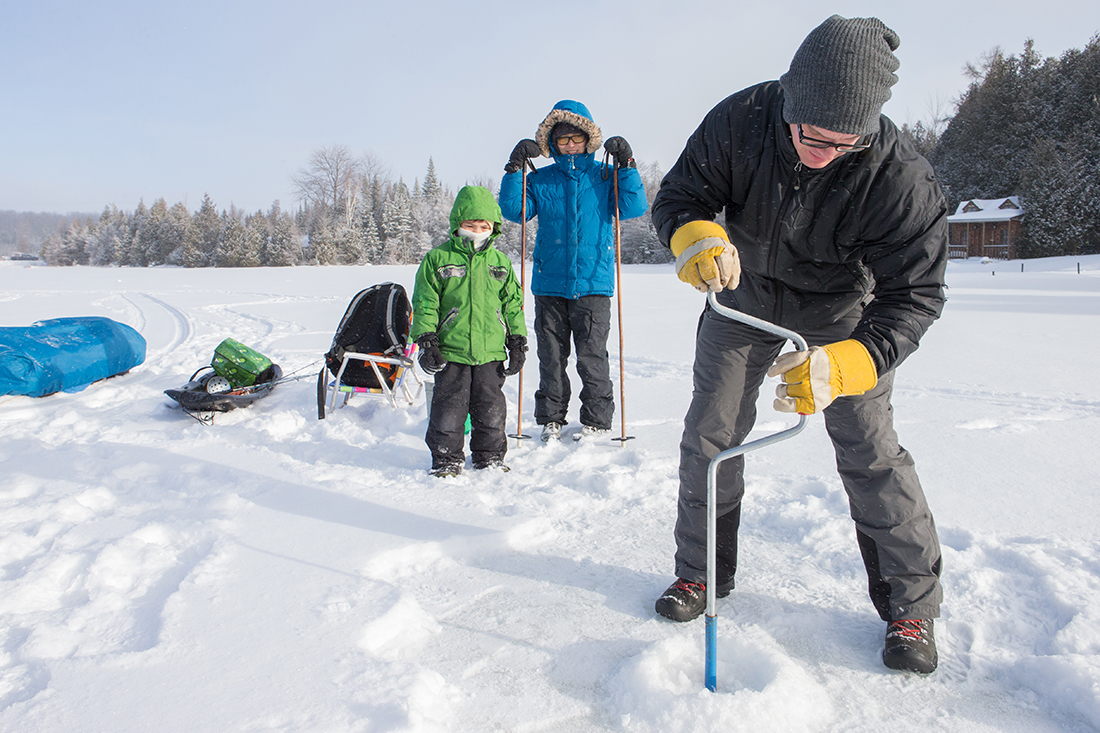
Getty Images
2. An Ice Auger
Here you have a few choices. You could pick up a cheap hand-crank auger if you’re unsure if ice fishing is for you. If you plan on making a habit out of it, I would recommend going for a gas-powered auger because they make the job a heck of a lot easier.
Keep in mind that you can only use a gas-powered auger when the ice is around six inches thick because the vibrations can crack the ice if it’s too thin. Also, don’t forget to think about the added weight that a gas auger will add to your gear. These things are seriously heavy, so if you have a long trek from your vehicle to the spot, you’ll want to call upon the assistance of something to help you get there. (which I will cover next)
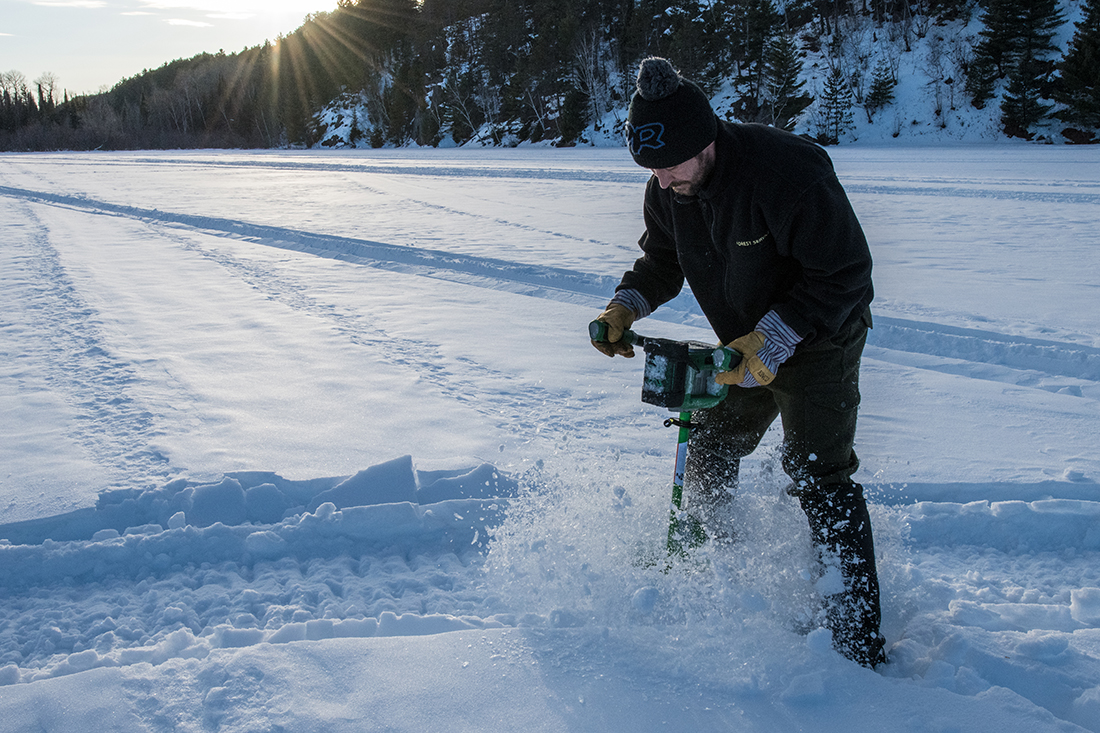
Power auger: USFS
3. Buckets and Sleds
One of the smartest things a veteran ice angler taught me was to bring a sled or two when you go ice fishing. Now you can throw all your gear into the sled and drag it to the hole.
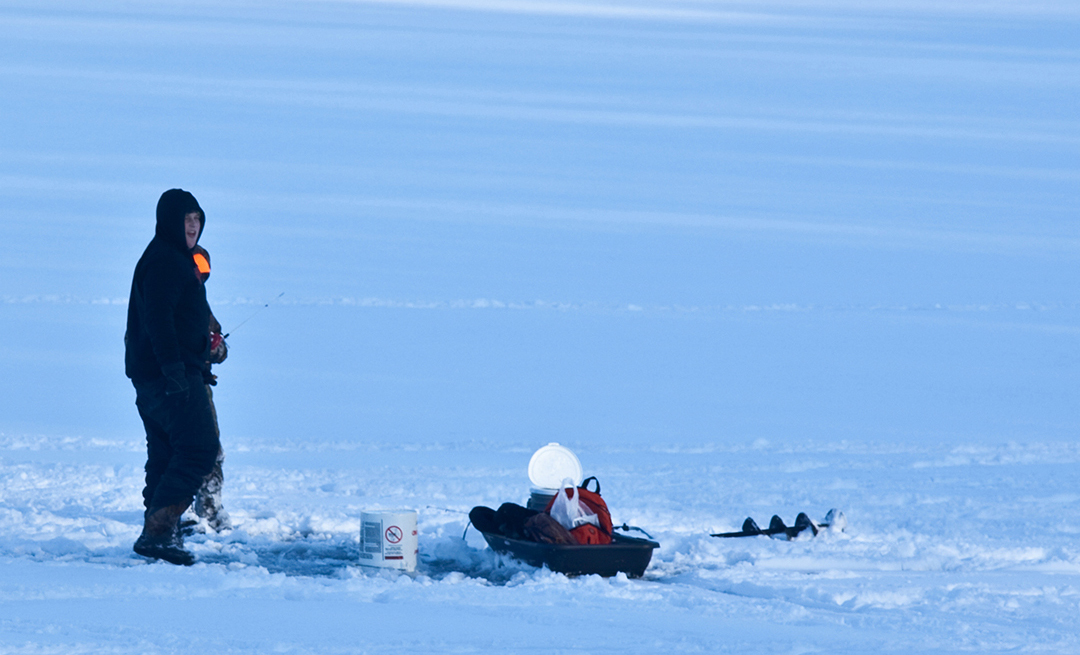
Photo: Dincher
In some situations, a few lucky folks might be able to drive their car out onto the ice, but you can’t always guarantee it. The entire theme of this article is to prepare you for the worst-case scenario. The last thing you want is to exhaust yourself from carrying a bunch of gear out on the ice.
4. Portable Heat
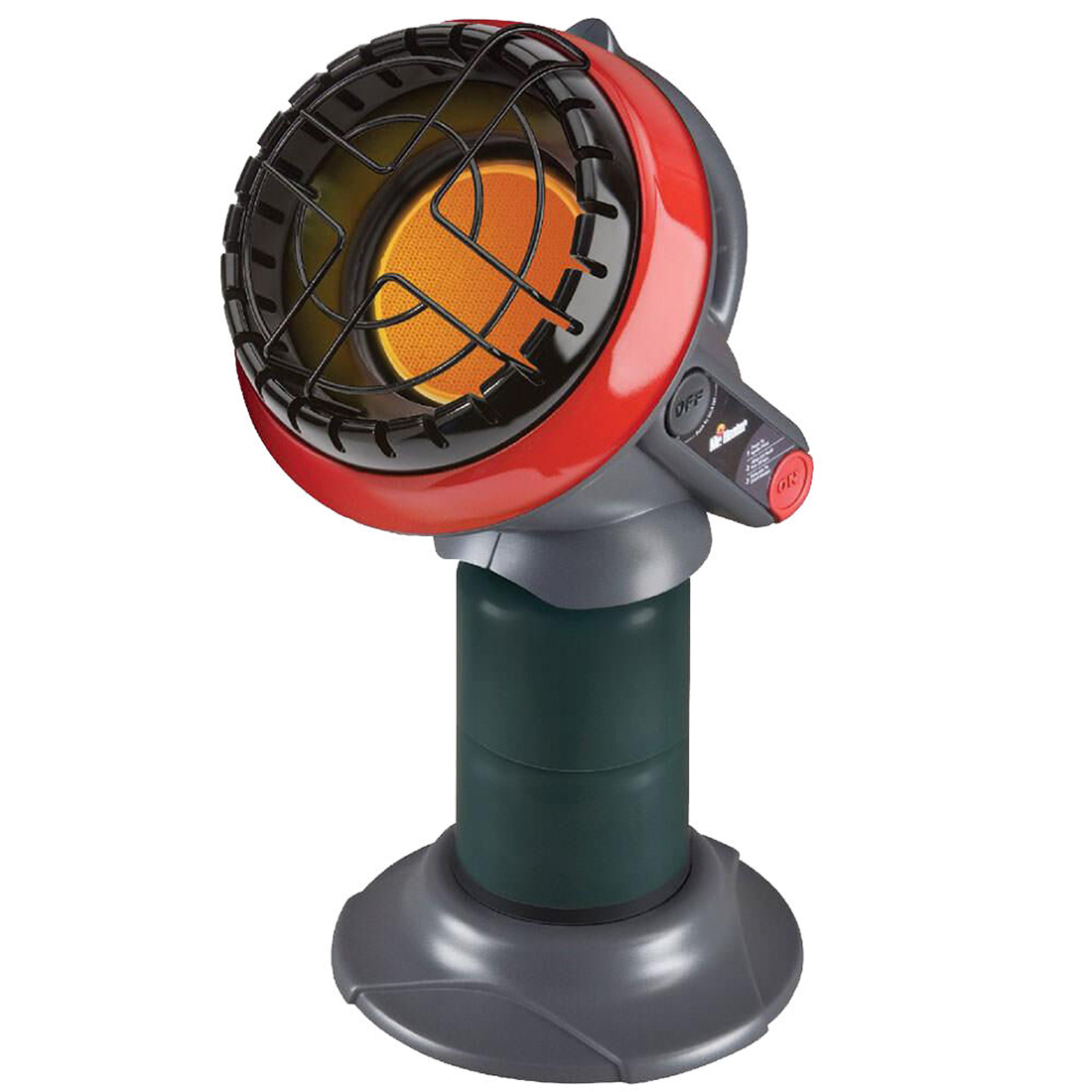
Gander RV
You’ll want to bring a portable heat source because, why not? You could bring a gas heater or a portable propane heater that offers a clean heat source if you have a shelter put up on the ice.
These make the roughing it aspect of ice fishing a bit easier, and they will prolong the length of your trip. I would still recommend bringing hand warmers with you and keeping them inside your gloves. They do a great job!
5. Safety Equipment
Now let’s take a second to address one of the most critical aspects of ice fishing, and that is safety. First, never go ice fishing by yourself, especially in the beginning. When you’re first learning, I would even recommend only going with someone who has done it before. They’ll be able to show you the ropes, explain some of the safety warning signs, and ensure you learn as much as you can.
There are a few pieces of safety equipment you should bring with you:
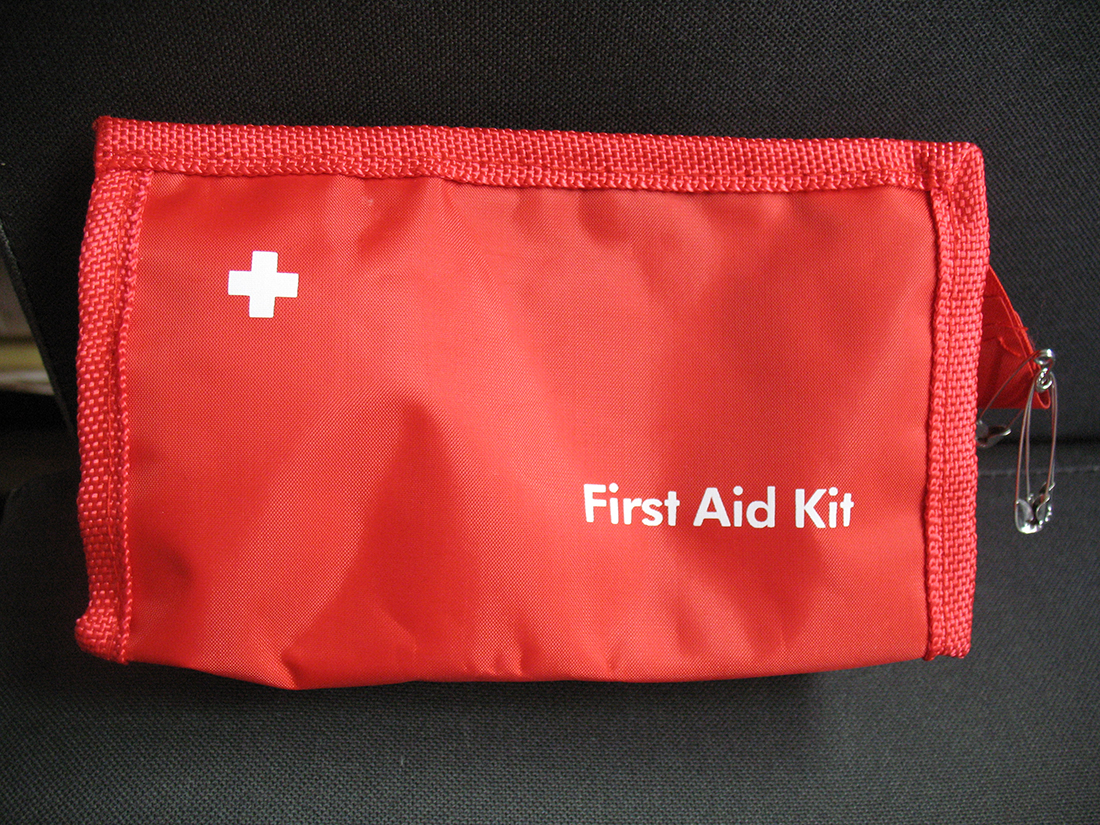
Photo: Pixabay
- Headlamp – Bring a headlamp because we all know how short the days are in the winter. You never know when you’ll lose track of time without being able to load everything up before the sun goes down.
- Ice picks/ Anchor – I don’t personally anchor myself when I ice fish, but you could if you choose to. An anchor is essentially a tie-down point on the ice, so if you fall in, you’ll have a rope to help pull yourself out. Ice picks are a great alternative because it’s nearly impossible to find something to grab onto when you fall in.
- First aid kit – You should have a first aid kit, no matter where or when you’re fishing. Always expect the unexpected.
- Blankets – Keep some blankets with you in case someone does fall into the ice. You’ll be able to shelter them from any additional freezing air until you can get help.
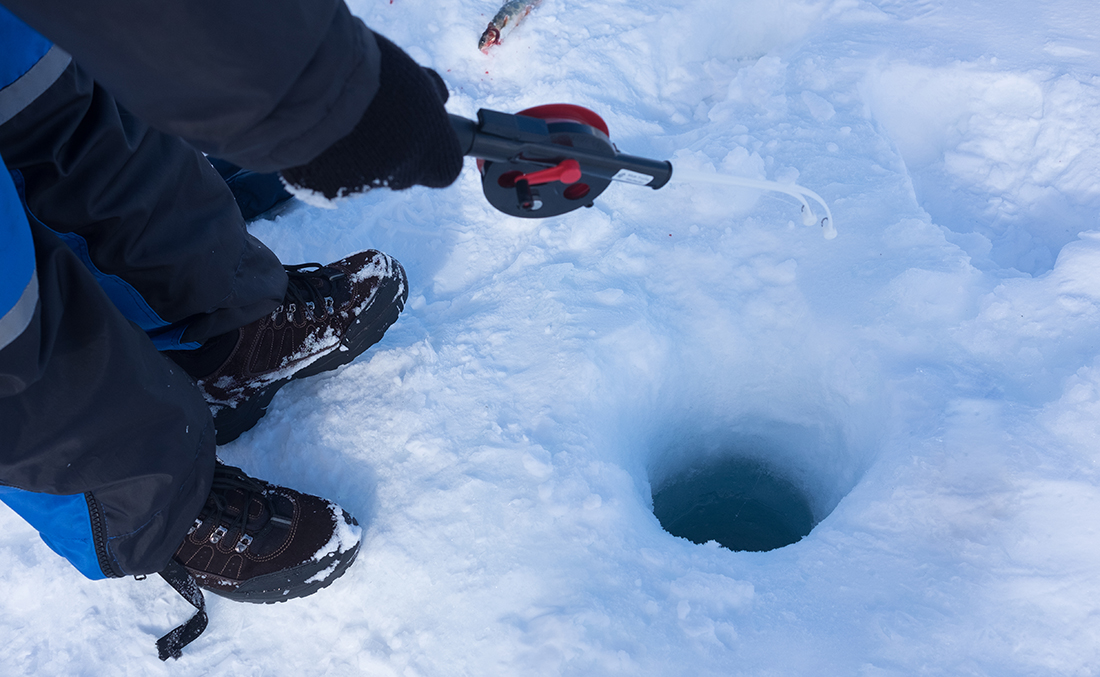
Getty Images
6. Ice Fishing Rods
While this is a rather obvious point, it’s worth mentioning that you may want to purchase a separate ice fishing rod for your trip. These rods are shorter, and they have a smaller radius. The nature of these rods is to provide improved sensitivity so you can feel every little nibble.
You’ll also want to have an ice fishing line, which is typically a thicker braided line that can hold up to the cold temperatures and ice buildup. Monofilament line can become brittle if you reuse it across multiple ice fishing trips. I would suggest bringing both and seeing how each works for you.
7. A Map (even one you did yourself)
Another expert tip I can throw your way is to go to a familiar lake on your first ice fishing trip. When you’re out on the ice and the wind is whipping around, it’s easy to become disoriented, which can make it difficult to find your way back.

Photo: DariuszSankowski
If you’re familiar with the location, you’ll have a better chance of knowing your surroundings without worrying about getting lost or stuck.
When you decide to venture off to a new lake, consider going there during the warm weather months and drawing yourself a map. Mark down the location of your car, docks, weeded areas, stumpy areas, and any rivers.
This will not only help you stay safe, but it will help improve your fishing as well.
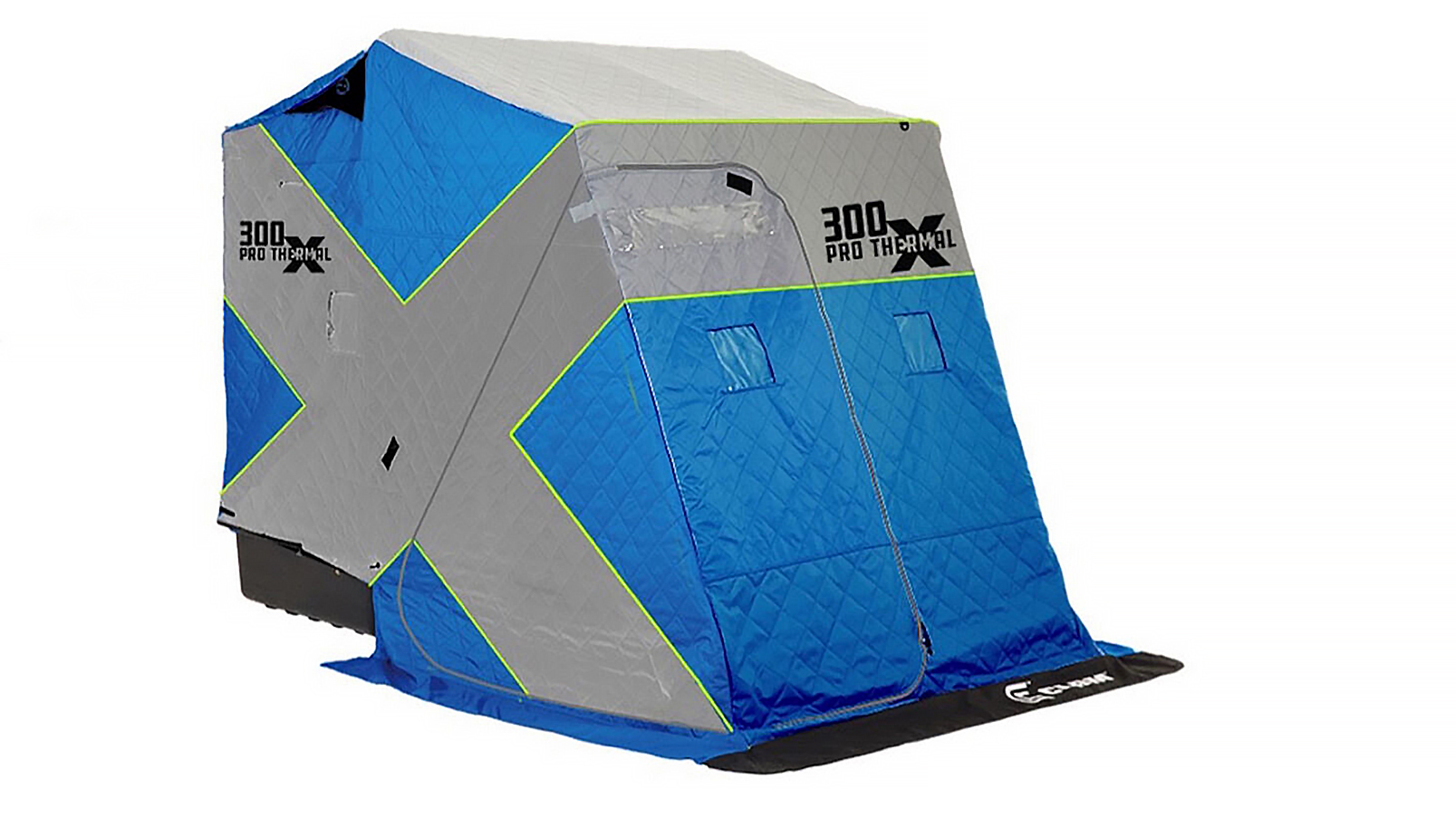
Gander RV
8. An Ice Fishing Shelter
If you’re more of a glamper, then you might want to shell out for an ice fishing shelter. Shelters are great because they offer you protection from harsh winds, and you have the choice of putting them up or leaving them down based on how you feel when you get there.
Many times people will drill their hole and then set the ice fishing shelter over the hole, so they’re entirely protected.
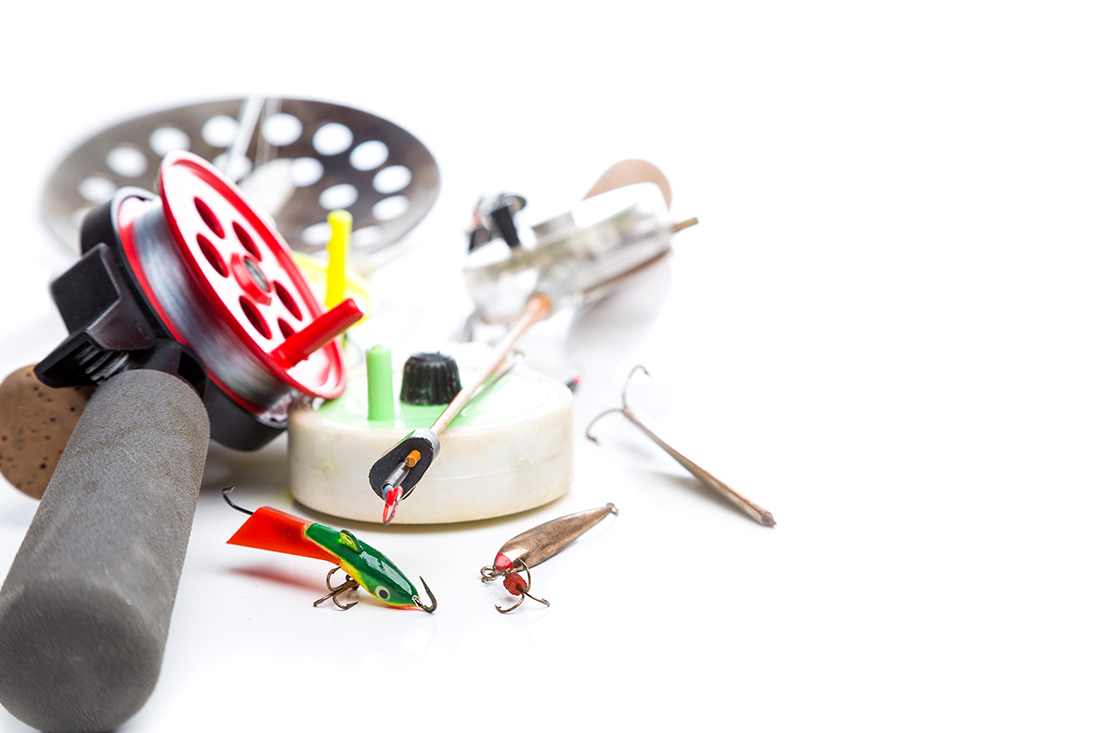
Rod, line and lures. Getty Images.
Final Thoughts
After reading through this article, you should feel much more confident about braving the cold this winter. The fishing season doesn’t have to end when the water freezes over. There’s a whole world of excitement waiting for you out there. Remember to be safe and smart!

